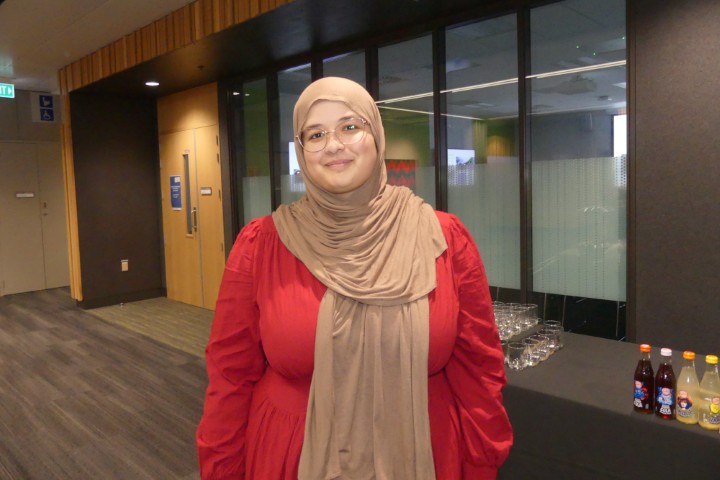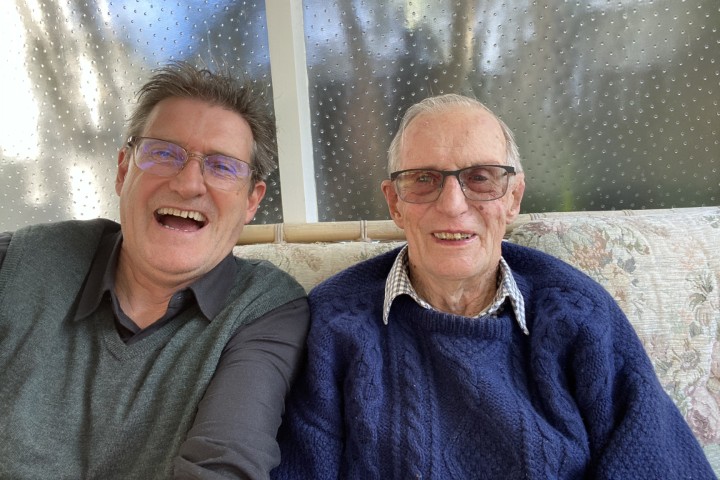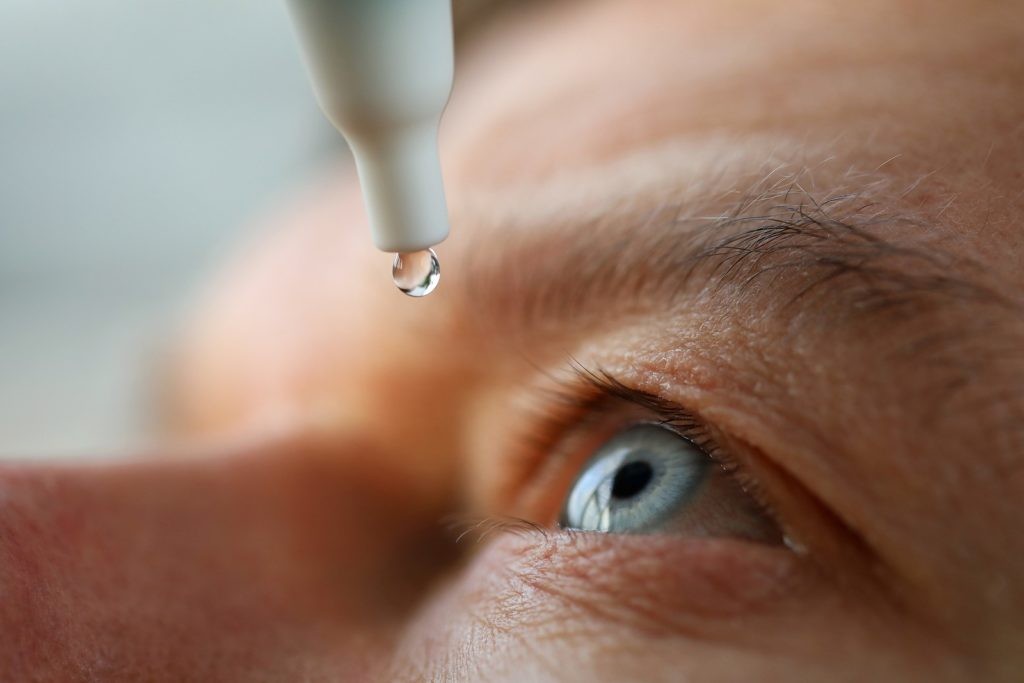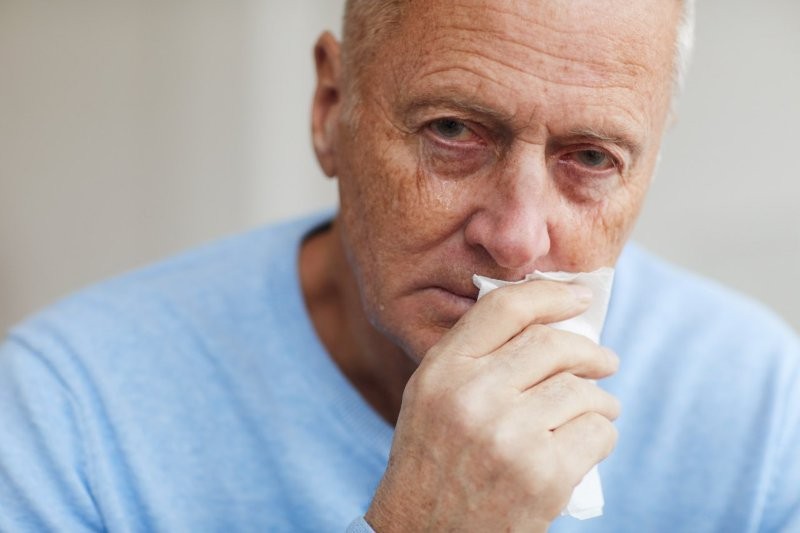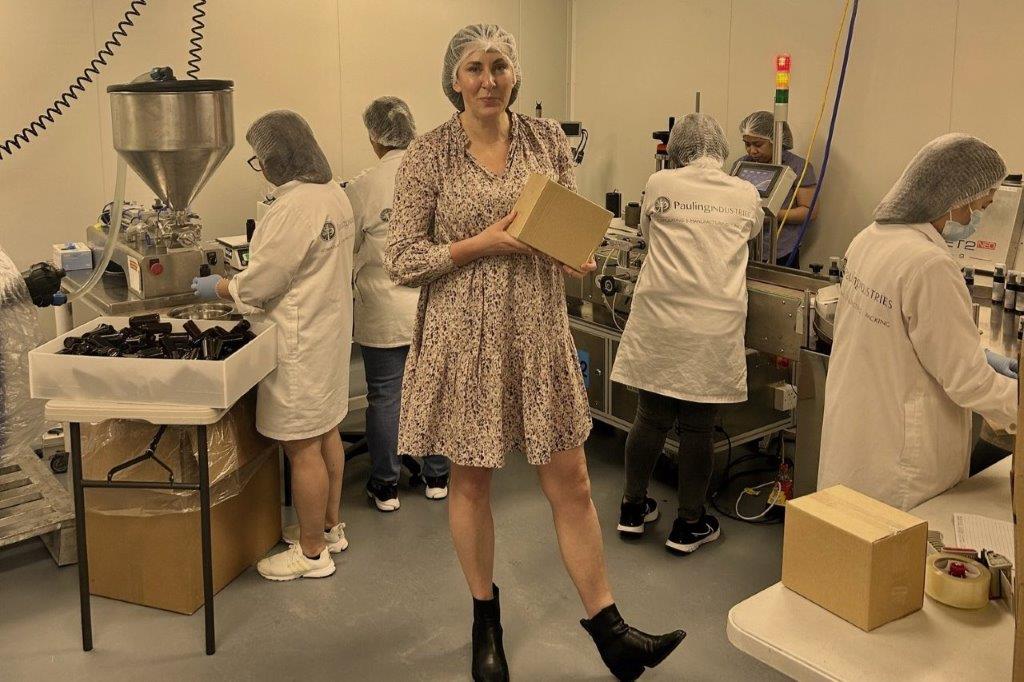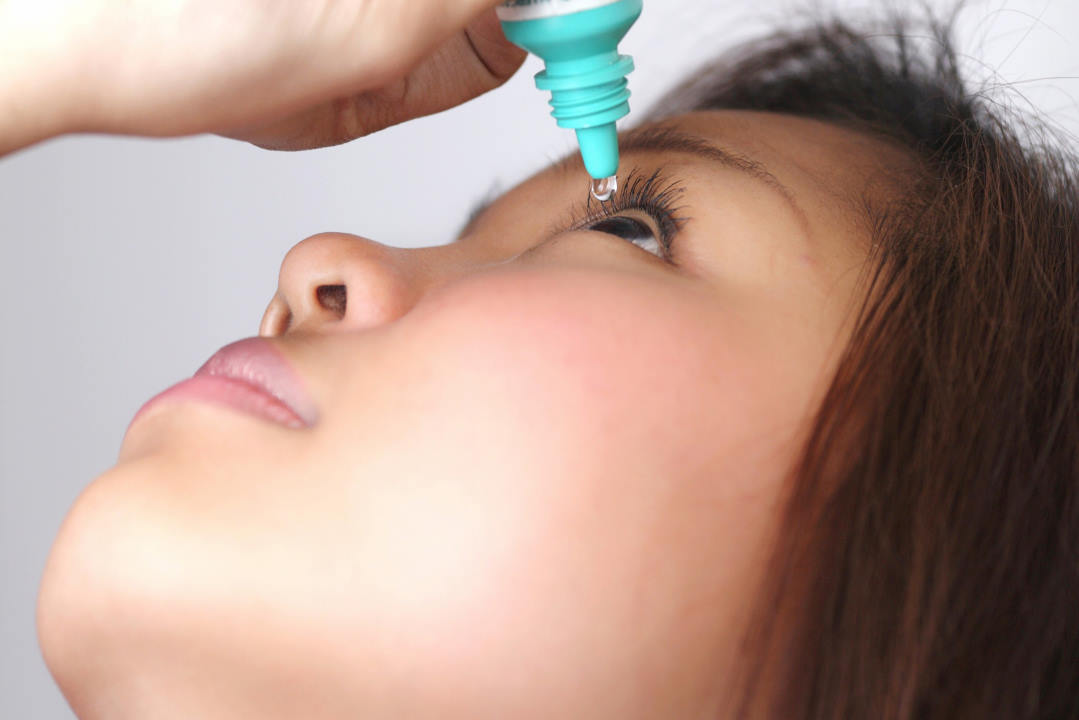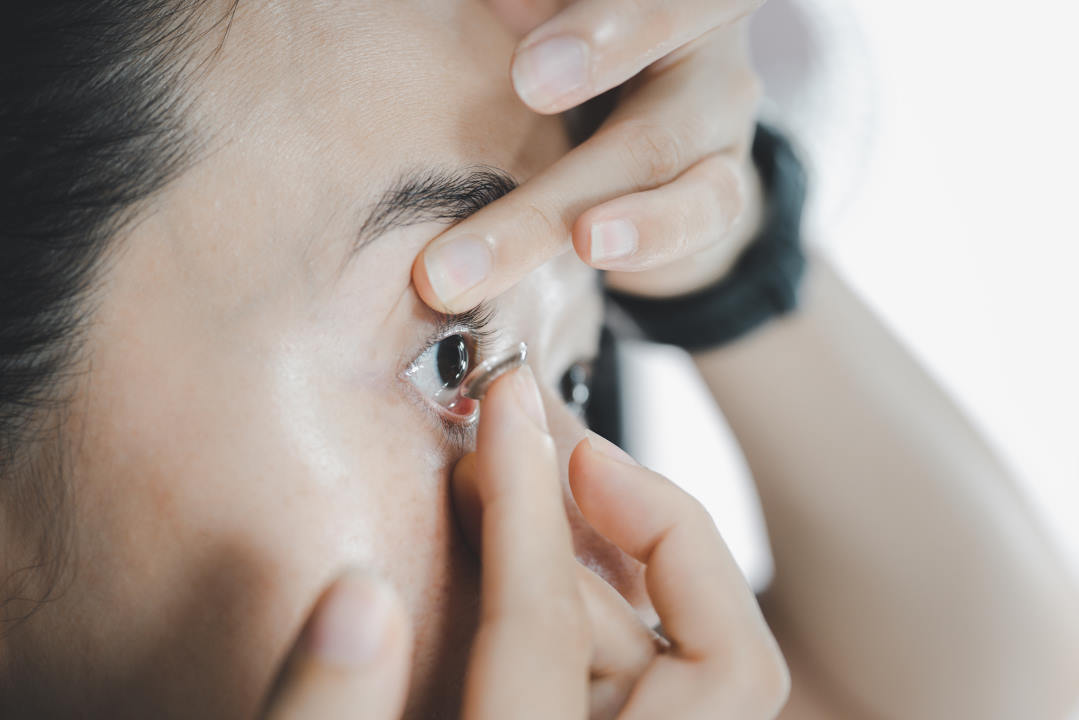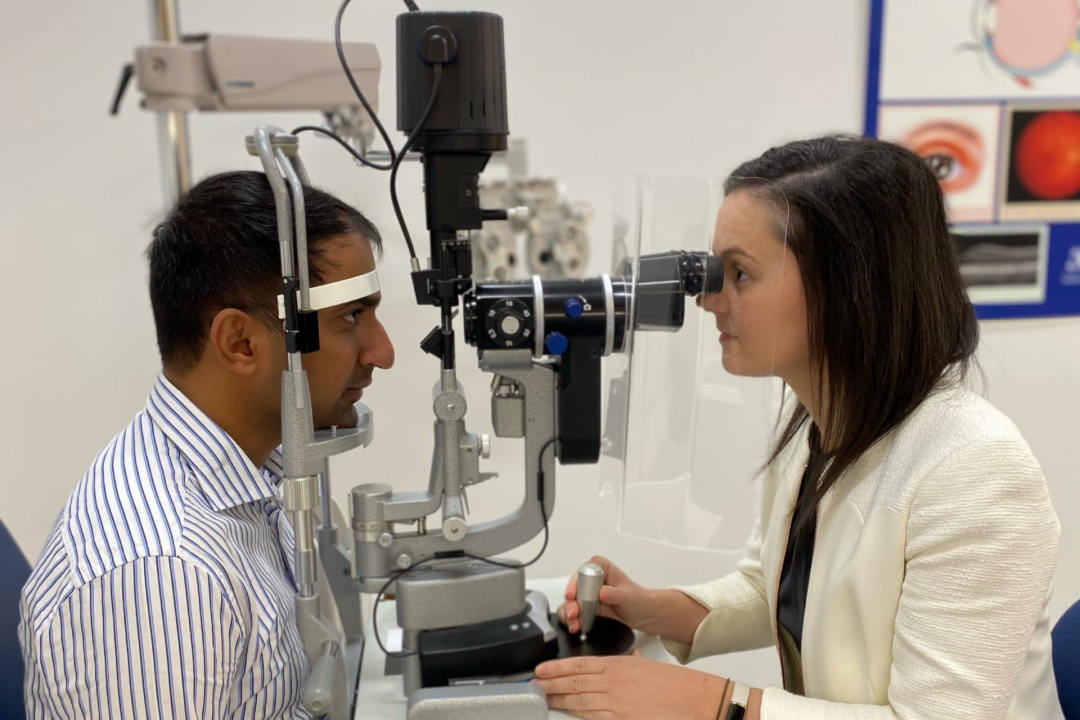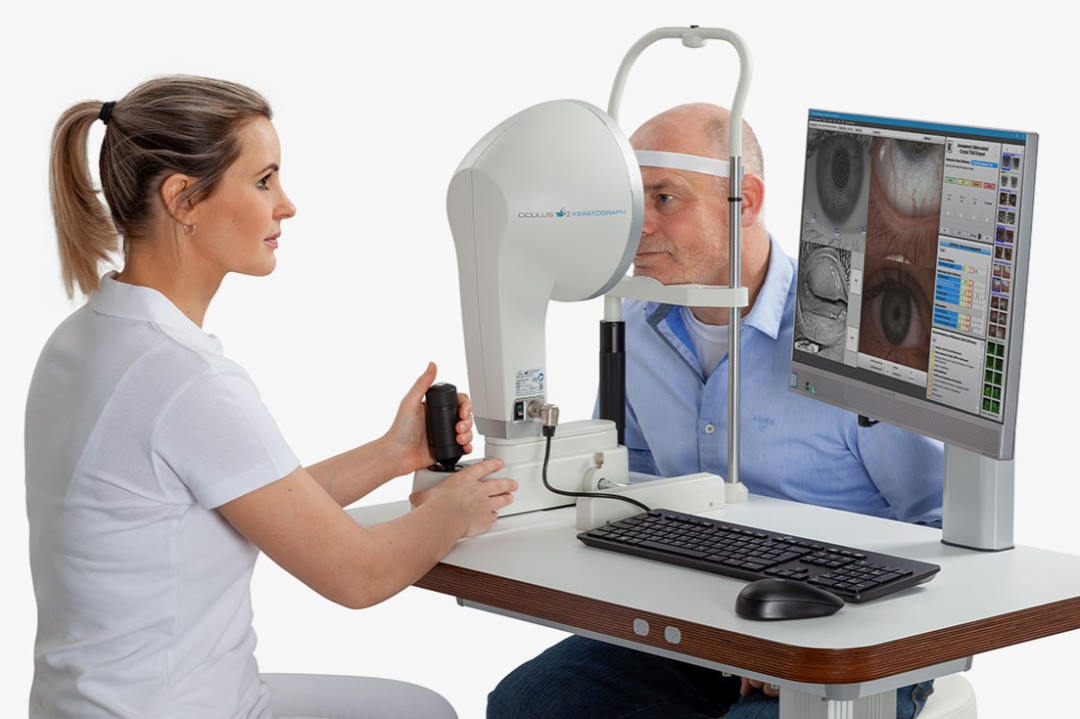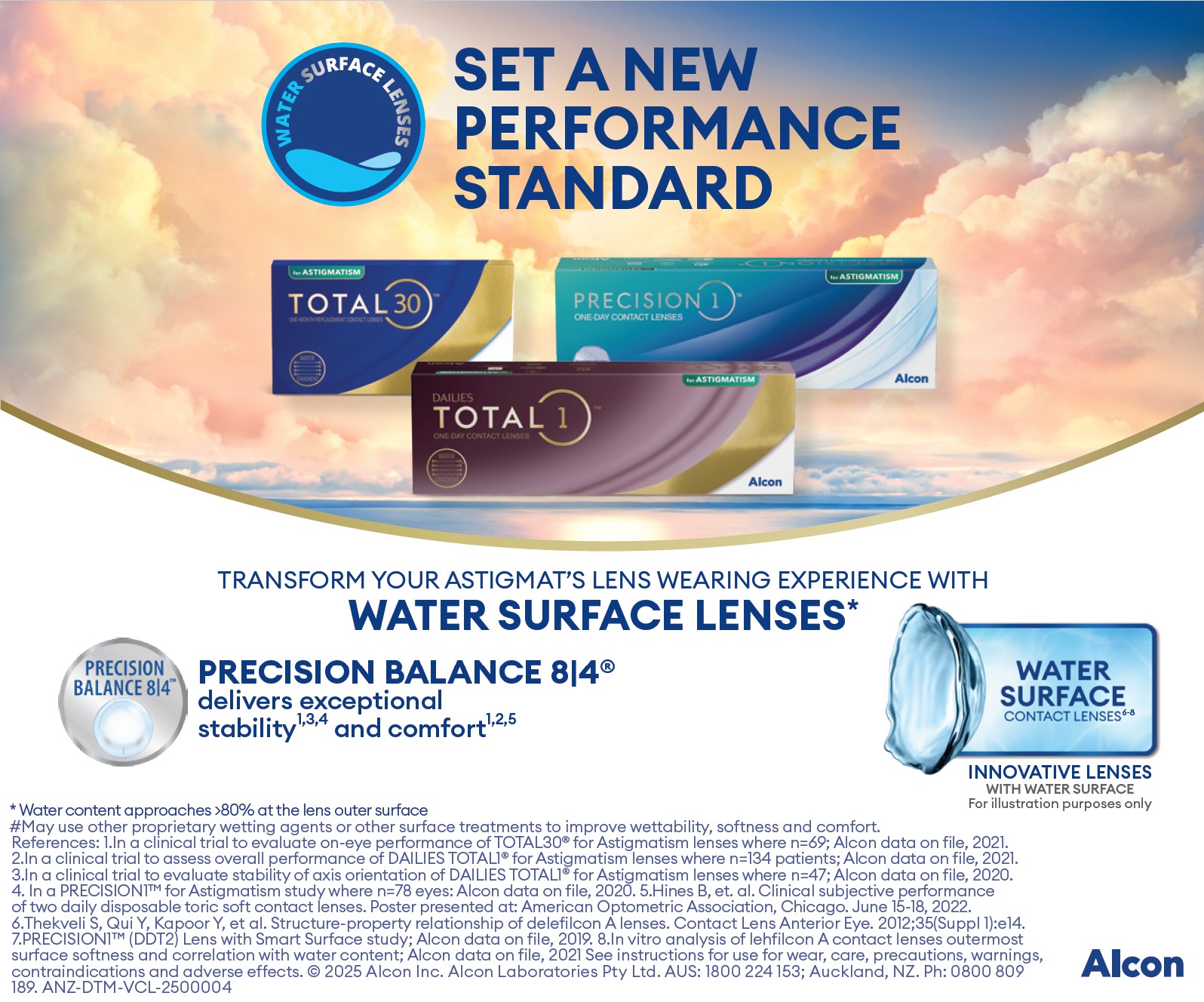Dry eye research review 2024
Topical ivermectin 1.0% cream in the treatment of ocular demodicosis
Martin Smith et al.
Cont Lens Anterior Eye. 2024 Feb;47(1):102099
Review: This retrospective, single-centre study aimed to assess the safety and efficacy of topical ivermectin 1.0% cream (Soolantra, Galderma), an off-label treatment for ocular demodicosis. A total of 194 participants were enrolled, although data from only 75 participants contributed to the analysis. Enrolled participants were instructed to cease current lid hygiene prior to beginning the study. The cream was applied nightly to the lid margins of both eyes for three months. Clinical assessments included fluorescein ocular surface staining and a highly magnified image of the upper eyelid, with the subject instructed to look downwards, taken at baseline, three months and 12 months. The images were then assessed retrospectively by a masked investigator to determine the percentage of lashes with collarettes and follicle pouting.
Significant reductions were seen in the percentage of collarettes, visible tails and follicle pouting at three months and sustained at 12 months after treatment cessation. Fluorescein corneal staining reduced significantly at three months, but there was no significant difference at 12 months compared to baseline. A total of 119 participants were excluded from the analysis by reason of mild irritation of the eyes or skin (6%), loss to follow up (12%), non-adherence with the prescribed treatment (6%), delay in follow-up (10%) or insufficiency in the quality of eyelid imaging (27%).
Comment: This study on off-label use of patient-applied topical ivermectin 1.0% cream for the treatment of ocular demodicosis demonstrates promising prospects for this treatment for long-term management (up to a year) for those able to tolerate the side effects. Mild irritation and stinging have been previously reported and discomfort can be managed by using a lubricating eyedrop if the cream accidentally gets in the eye. Masked assessment of the images strengthens this study. Another study (Sobolewska et al, 2021) also reported a significant reduction of OSDI scores after two months of daily use of topical ivermectin 1.0% ointment, but symptoms assessment was unfortunately not included in the current study. Similar positive results were recently reported from Thorndon Eye Clinic in Wellington, New Zealand, (NZ Optics, June 2024). Prospective, randomised, placebo-controlled studies have yet to be conducted however, highlighting the need for further research.
Thermal effect on eyelid and tear film after low-level light therapy and warm compress
Antoinette Antwi et al.
Clin Exp Optom. 2024 Apr;107(3):267–273
Review: This randomised, controlled study recruited 35 participants to evaluate the thermal effect on eyelids when undergoing low-level light therapy (LLLT) or warm compress therapy. Participants without, through to mild dry eye disease, were recruited and randomised into three groups. The first group received LLLT for 15 minutes (Eye-light, Espansione Group) and the second group received warm compress therapy for 10 minutes (Bruder Moist Heat Eye Compress). The third group was the control, with participants wearing the LLLT mask for 15 minutes with no LEDs activated. Clinical measurements were collected at baseline, immediately after treatment and 15 minutes post-treatment. The internal and external temperature of both upper and lower eyelids were measured using a thermal camera (FLIR One Pro). Tear film lipid layer thickness, tear meniscus height and non-invasive tear breakup time were also measured.
Internal and external eyelid temperatures were raised significantly in both treatment groups compared to the control. No significant difference was detected between the two treatment groups. Increases in tear film lipid layer thickness were seen in all three groups but were clinically meaningful in the treatment groups only. No significant difference was reported for tear film stability and tear meniscus height measurements; however, baseline measurements for both parameters were within normal limits.
Comment: Low-level light therapy has gained popularity in recent years for dry eye disease management. Its proposed therapeutic properties include photobiomodulation and delivery of thermal energy to the eyelid. This study confirms that LLLT delivers thermal energy to the eyelids. However, it was not found to be significantly different from using a moist hot compress, at least in the short term. Further studies are currently underway to investigate the other mechanisms of action that LLLT might employ to relieve symptoms of dry eye disease.
Efficacy and safety of quantum molecular resonance electrotherapy in patients with aqueous-deficient, evaporative and mixed-type dry eye
Antonio Ballesteros-Sanchez et al.
Ophthalmol Ther. 2024 Feb;13(2):495–507
Review: The authors designed this prospective, randomised, interventional study to find out if quantum molecular resonance (QMR) treatment was superior to applying artificial tears, containing 0.15% sodium hyaluronate and 3% trehalose, four times daily. A total of 81 participants with aqueous-deficient (ADDE), evaporative (EDE) and mixed dry eye disease were recruited and randomly assigned to one of the two treatment groups. Outcomes measured included dry eye symptoms via questionnaires and tear film and ocular surface parameters, assessed at baseline, one month and three months.
Participants undergoing both treatments reported symptomatic improvement (SANDE questionnaire), along with improvements in tear film stability, lipid layer thickness and ocular surface health (corneal fluorescein staining). Only the QMR treatment group experienced significant improvement in the OSDI symptom score and tear volume (tear meniscus height, TMH) at three months post-treatment. In particular, the aqueous-deficient subgroup exhibited an increase in TMH from 0.16 ±0.02mm to 0.25±0.1mm.
Comment: While it is promising to see treatments with the potential to improve both subtypes of DED, the study has limitations. Having an unmasked investigator involved to provide randomisation and treatments would have strengthened the study. Future studies would benefit from including a control group to eliminate the placebo effect, as was conducted by the Ocular Surface Laboratory team and presented at the most recent American Academy of Optometry meeting (Müntz et al, 2023, and NZ Optics’ Dry Eye 2023)

Catherine Jennings is a research optometrist and PhD candidate in the Ocular Surface Laboratory at the University of Auckland under the supervision of Professors Jennifer Craig and Alex Müntz and Dr Kalika Bandamwar.










